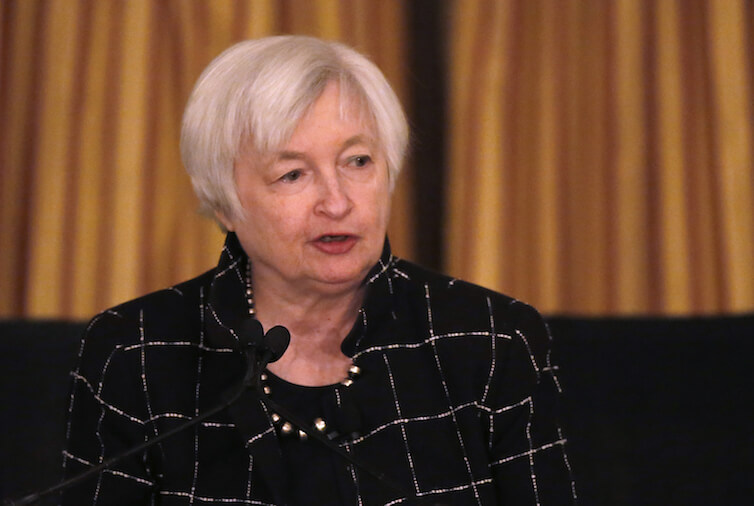Should-Read: I think that this bunch of Republicans will double down–will shift from “repeal and replace” to “undermine it so that it will crash and then replace”. I’m not terribly optimistic:
Harold Pollack: Will “Repeal and Replace” Implode?: Republicans just proposed a $12,900 annual premium increase on low-income 64-year-olds…
…A shambolic performance… politically self-immolating. I just don’t understand what Republicans are trying to do here…. A 64-year-old with a yearly income of $26,500 would see his annual net premium increase from $1,700 to a whopping $14,600—and this for a markedly less generous plan…. This was utterly predictable, too, given the main features of the Republican bill. Which raises a strange question: How and why did Republicans propose such a politically damaging plan in the first place?… I have never seen a less-professional, more shambolic legislative process….
Most Americans, including most Trump supporters, support ACA’s Medicaid expansion… higher taxes on Americans making more than $250,000… more generous subsidies to people of modest incomes who have trouble affording coverage. Democrats are united in opposition to AHCA. That’s unsurprising. As one Republican congressman told me: “The Democrats can’t work with us, not after the way Trump campaigned.” More impressive, Republicans have managed to propose something opposed by nearly every major interest group: the American Hospital Association, the American Medical Association, AARP, and the health insurance industry. Anti-ACA conservative commentators hate the bill. Republican governors in Ohio, Illinois, Massachusetts, Arizona, and Nevada have also come out against key pillars of AHCA, as have key Republican Senators. From a policy-wonk perspective, Republicans are doing scarcely better….
Perhaps this fiasco is the result of simple incompetence. But AHCA is such a fiasco that I wonder, alongside many others, whether Republicans are even trying to pass it. Whatever the cause, the driving dynamic behind this fiasco is noteworthy…. Republicans failed to put in the work at the interface of politics and policy….
Not that ACA is perfect—far from it…. [And] out of partisan spite, deep-red states shut out three million poor people from coverage under the new law…. Most realistic fixes to ACA require more spending, not less….
[But] whatever ACA’s defects, AHCA looks visibly rushed and shoddy….In theory, President Trump and his administration could step in to coordinate Republican efforts…. So far, anyway, the President lacks the expertise, the personal credibility, or consistent focus to play this unifying role…. Well-liked among Republican primary voters, he is disliked and distrusted by most Republican political professionals. That’s an obstacle, too. Republicans have also been dishonest about what Obamacare actually is and what is required to make it better. Since 2010, Republicans such as Rep. Tom Price honed their legislative chops by preparing “repeal and replace” bills that would snatch coverage from twenty million people while damaging state budgets and punishing health care providers. Since these measures would never be enacted, Republicans in Washington paid no political price. Out of power, they could market to their core constituents who distrusted Democrats…. Once Republicans unexpectedly seized power in Washington, their previous political pitch doesn’t work….
There is another thing, too. Democrats and Republicans across the country have big political differences. But it turns out that many want ACA to work. Medicaid expansion is the public health jewel of ACA. In Ohio, Indiana, Kentucky, and elsewhere, Republican governors and the Obama administration have admirably negotiated, spending billions of dollars to expand coverage, keep open rural hospitals, address the opioid epidemic in rural America. In my own research, I’ve talked with addiction professionals around the country who work for Republican governors and legislators. Many are proud of what they have accomplished. In part because Republican governors helped to craft and run it, Medicaid expansion seems surprisingly durable….
I confess I have no idea what will happen…. Republicans have a huge stake in passing something, given that repealing Obamacare was a central campaign promise…. I’d wager Republicans will find some way to pass something….. Perhaps if they are wise, they will cut ACA’s taxes on the wealthy and leave everyone’s insurance alone. Perhaps that is the best bipartisan compromise on health reform.


